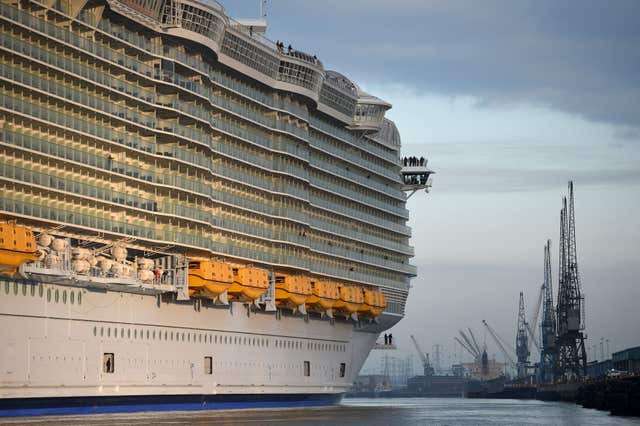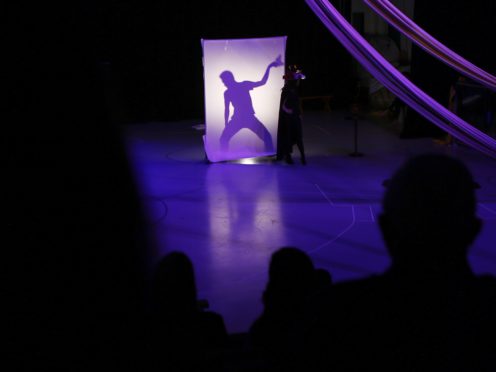An obscure building in North Miami is the nerve centre of an operation that is giving Broadway and London’s West End a run for its money.
Performers of various genres and seamstresses are all part of a company that says it puts on more live productions a year than Broadway and London’s West End combined.
Royal Caribbean International’s cruise line directs 134 shows in 50 theatres on 26 ships around the world, including seven Broadway-originating shows, eight aqua shows, 18 ice shows and dozens of original musicals.
“We have a nightly audience of about 100,000. It is by scale a very, very large operation. Probably under one roof, the biggest in the world,” said Nick Weir, senior vice president of entertainment.

“At any one time, there’s 1,500 to 1,800 cast members employed to make this all come to life.”
It takes two to four weeks for an army of dancers, singers and aerialists to learn a show before they are dispatched from Miami to ports as far away as Australia and China.
There are 14 dance studios, 15 rehearsal rooms, a recording studio, gymnasiums and auditorium.
Exercise equipment lines some hallways.
Nearby is living accommodation for 470 of the performers.
Often dismissed in the past as second-tier, cruise entertainment has evolved to a genre that Royal Caribbean says commands some of the best talent and technology around.
Several of the main characters in Mamma Mia are from the Broadway version of the show.

While New York theatre has struggled to turn profits with its small, intimate venues, fickle crowds and finite real estate, the cruise industry’s onboard audience is growing exponentially.
Royal Caribbean is building five ships in the coming years, each with a custom-built theatre with sophisticated stages and high-tech effects.
A few years ago, they built a small plane with a 22-foot wingspan that now flies over the audience in every production of Flight: Dare To Dream.
“The stages that they have on the ships, the technology is far better than it ever was on a Broadway stage, even 10 years ago,” said Greg Graham, who was the resident choreographer for Billy Elliot on Broadway before coming to the cruise line to choreograph Hairspray.
Roughly 3,000 hopefuls showed up to recent auditions for Hairspray in New York and London.
Weir said the casting operation is massive, culling talent from 75 cities a year auditioning nearly 25,000 performers last year alone.
“At my audition there were hundreds of girls … it’s very competitive. There are so many people who want to be doing this,” said Taryn Borman, a 21-year-old Australian dancer, who is performing on a ship for the first time in a new show with aerialists and contortionists.

She will head to Asia with the cast in a few weeks.
Singer and dancer Oli Reynolds, 26, wrapped up a starring role in London’s West End production of Mamma Mia and came back to Royal Caribbean where he is reprising the same role.
“I think there’s still a stigma about cruise ship performing … historically, a lot of cruise lines didn’t put the focus on the performing, it was more about the destinations,” said Reynolds, who stressed that has changed.
“People come from Cirque du Soleil, they come from Vegas, they come from London, they come from Broadway and it is a progression in my career for me.”
John Kenrick, a musical theatre historian and adjunct professor at New York University, says the evolution was inevitable as more sophisticated cruise audiences, accustomed to seeing shows in spots like Vegas and Atlantic City, are demanding better entertainment.

“It’s certainly upped the game. (Cruise theatre) used to be a little better perhaps than summer stock just with better costumes,” said Mr Kenrick, adding: “it’s definitely improved. I can’t say it’s Broadway.”
Every performance on every ship worldwide is rehearsed at the roughly 133,000 square-foot facility where the halls are literally alive with the sounds of music.
The cast on each ship performs not one, but three shows, a Broadway musical like Hairspray or Grease, a ballroom style show and a pop show.
